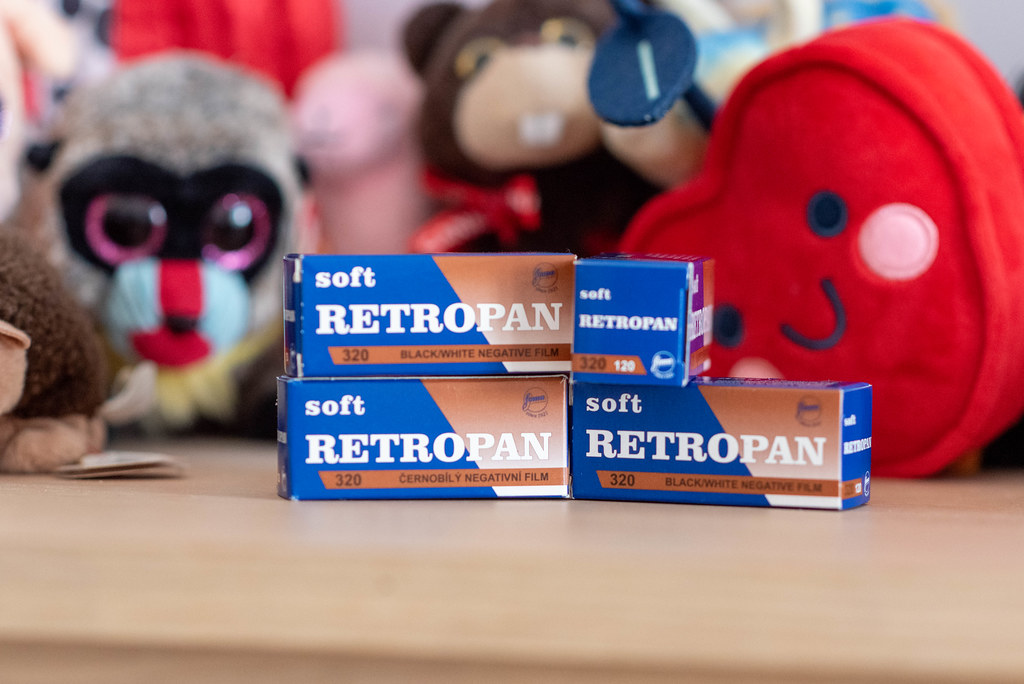Regarding films and photography, you encounter polarisation daily—your choice of film, camera, developer, and even how you shoot or your subject matter. But among the more divisive film stocks, one brand stands out: Foma. Now I’m a reborn fan of Foma films. Initially, I was unhappy with the results, but I soon learned to like them once I learned how to develop them. While I’m still on the fence about Fomapan 200, I’m a big fan of Fomapan 100 and Fomapan 400. And back in 2019, on a trip to Chicago, I grabbed a couple of rolls of Foma Retropan 320, hoping to find something new. And I wasn’t too happy with my results; they were low-contrast, muddy, soft, and grainy. Now, there’s nothing terrible about any of those things; it is how the film is supposed to behave. But I always felt it could be better, so a proper review was put on hold until I got my hands on two things. The first is the dedicated Foma Retro Special Developer, which I reviewed earlier in the year, the second was another Foma developer, Fomadon LQN.
Film Specs
Type: Panchromatic B&W
Film Base: Acetate
Film Speed: ASA-320, Latitude: +/- 1-Stop (ish)
Formats Available: 135 (35mm), 120, Sheet (4×5, 8×10)
Roll 01 – Foma Retro Special Developer
When in doubt, go with the dedicated developer. Having struggled with Retropan, I decided to source the developer designed for Retropan. And I wasn’t disappointed; these are the results I’ve sought in this film. The first thing you will notice is that the film does have a noticeable grain; in fact, there is a lot of grain. But then again, given the name “Retropan”, you must understand that older, high-speed films will increase the visible grain. But don’t let that worry you because the tonality is much improved from when I’ve used it. And yes, the contrast is increased. But it certainly has a compressed tonal range. I like these results; they have punch, sharpness, and a pleasing grain structure. The images were taken in the mid-20th Century. Retro Special is the key to unlocking the actual value of this film; if you are looking for the best possible results in any situation, then Retro Special is the correct developer.

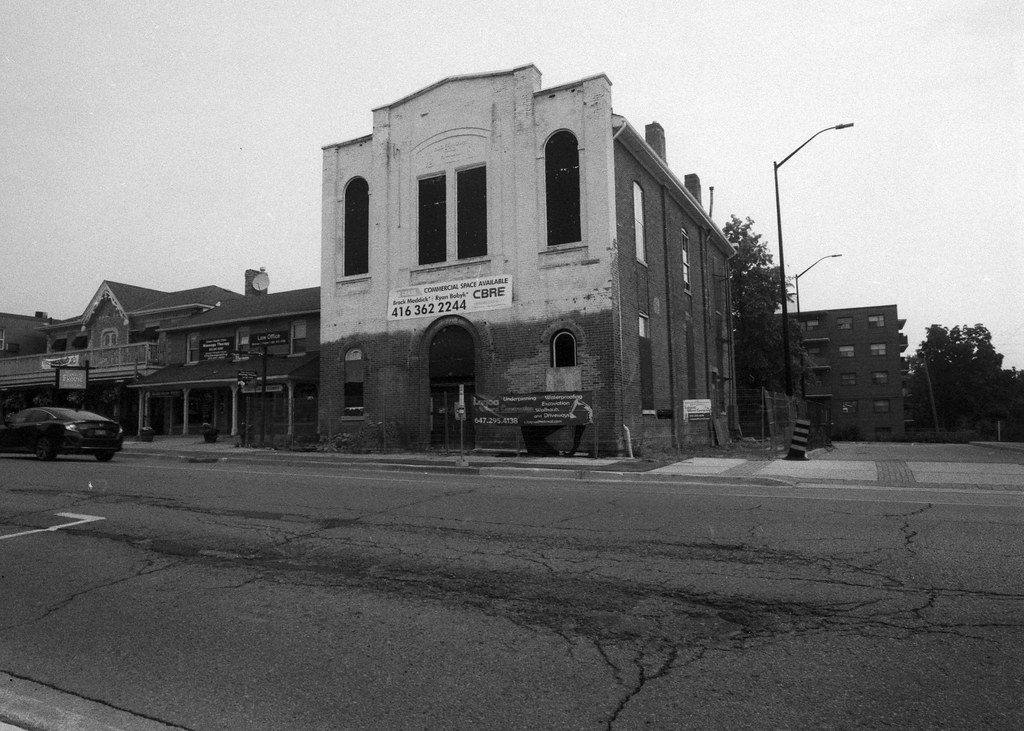
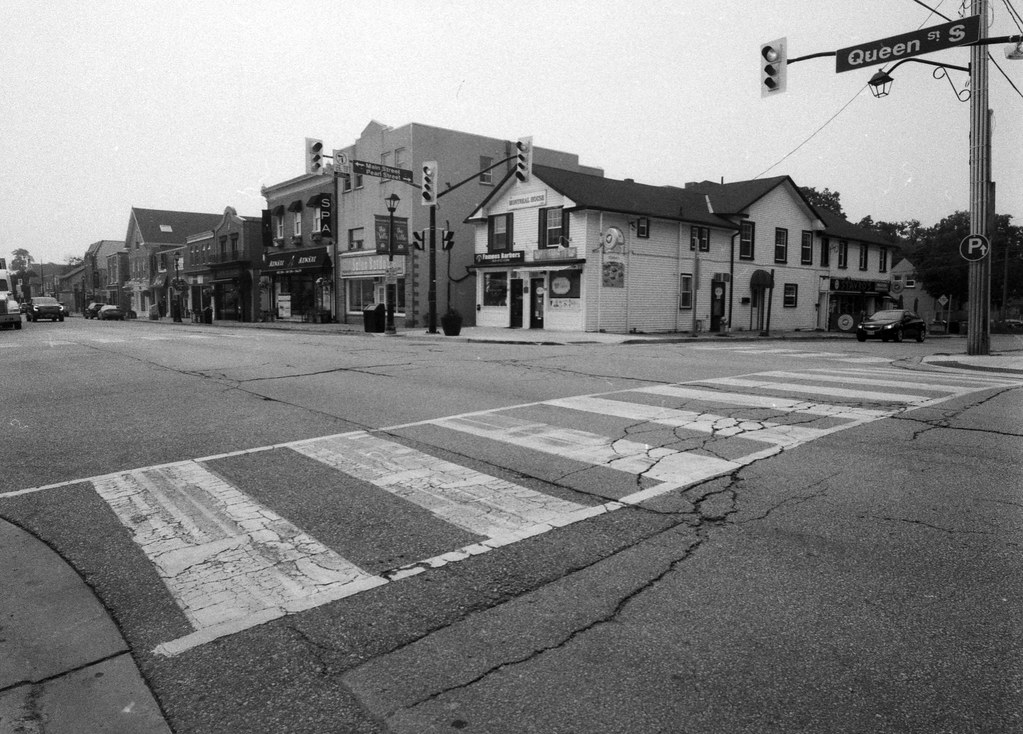
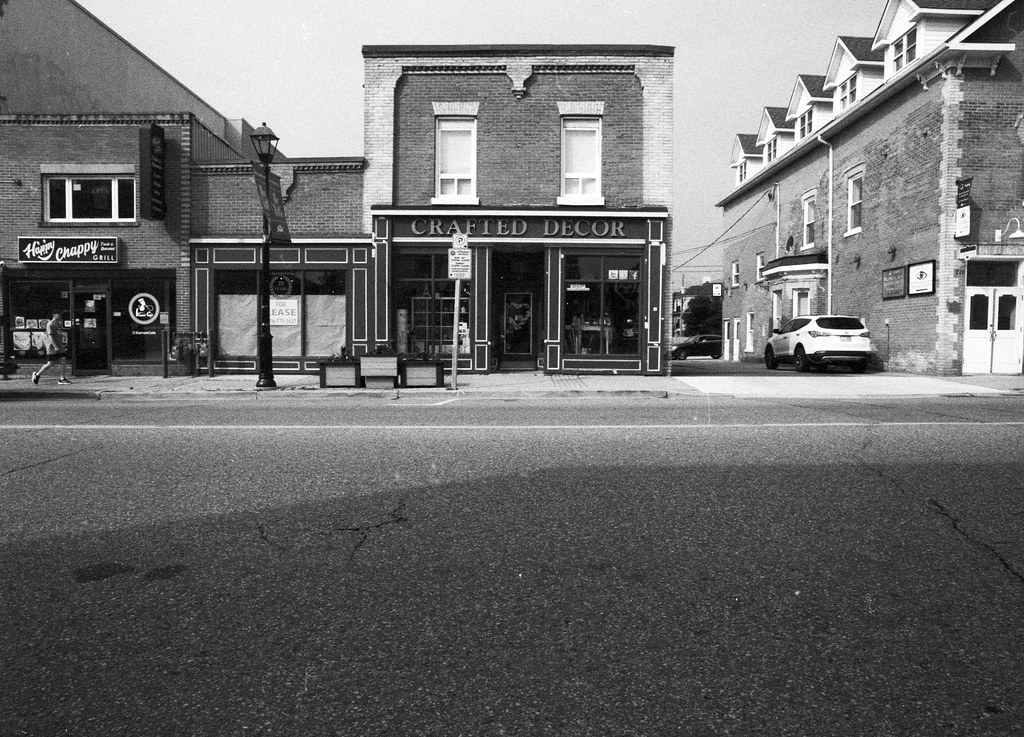
Roll 02 – Kodak D-76
These surprised me; I had used D-76 with Retropan and was unhappy with my results. That first roll certainly lived up to the film’s name, Retropan Soft. It was dull, dark, and mushy. The grain was big, exaggerated and wasn’t pleasing to the eye. It was rough. But this time, something changed; maybe the light or the yellow filter. The formula of the film may have been tweaked. But either way, these results are excellent; there’s plenty of contrast, yes, lots of visible grain still. But things came together; the contrast was on point, and the grain added to the edges. While I don’t remember how I developed that first roll, something must have been off. Either way, D-76 is an excellent choice if you are still looking for a Retro Special Developer.

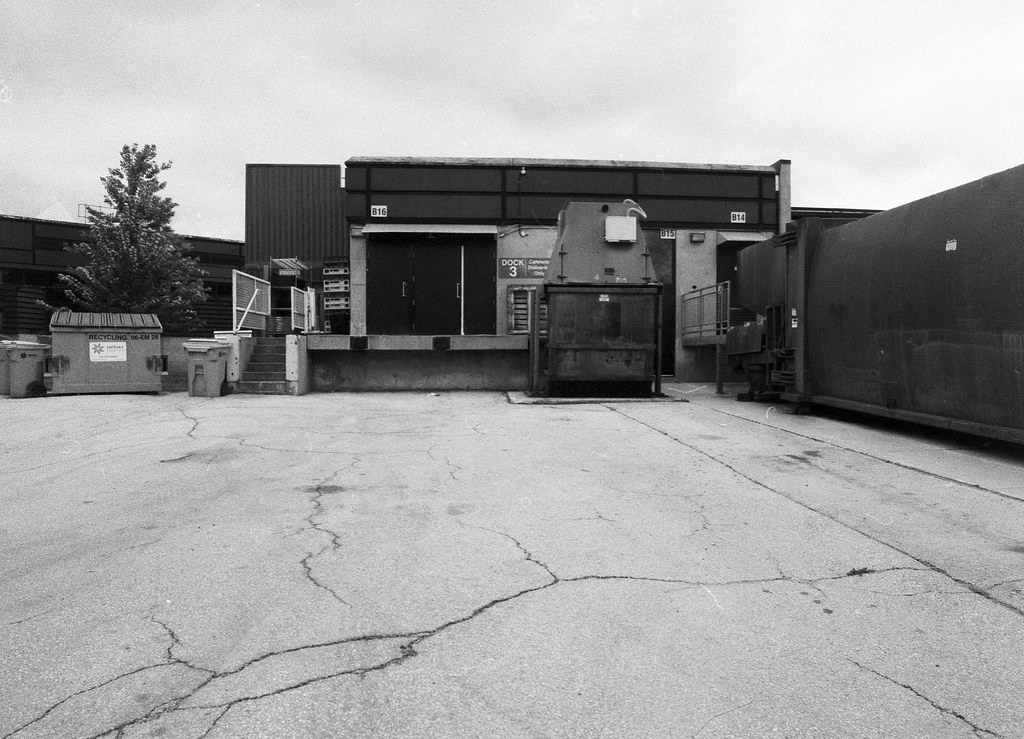
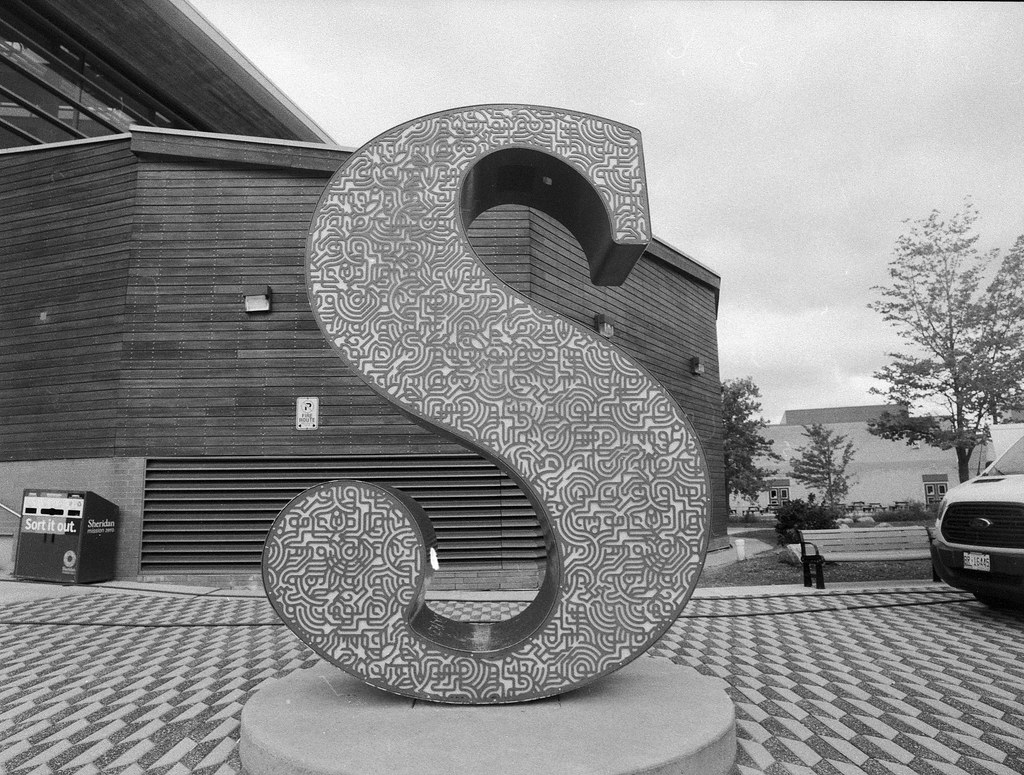

Roll 03 – Ilford Ilfotec HC
In full disclosure, despite being ‘roll 3’ in the review, this was the last roll that I shot for the review. I wanted to get a complete feel for how the film behaved before dunking it in Ilfotec HC to get a line of how I wanted to expose and develop the film. The first thing I did was drop the yellow filter, and then I was under-exposed by one-stop (ASA-640) and pushed the film in its development. I also went with a stronger dilution, 1+31, or in Kodak parlance, Dilution B. My original plan was to shoot this roll inside the Canadian Aviation & Space Museum, but even at ASA-640, the museum was far too dark. So, I kept the yellow filter off and shot it under overcast conditions. And the results were dark, muddy, and grainy. On the plus side, the contrast is nicely ramped up to a point where there is much potential. I wonder if my metering was off, my development was too short, or the film doesn’t like the one-stop under-exposure. While these aren’t my favourites, there is a lot of potential here; this combination will work, but shoot at the box speed of ASA-320, add that yellow filter and use a strong dilution. Shooting under bright, direct light would give a hand also.




Roll 04 – Foma Fomadon LQN
These are not my favourite results. They’re gritty, grainy, and somewhat mushy. But they are not soft by any definition of the word. They aren’t the best, but they aren’t bad either. It certainly lives up to the “Retro” name, with the heavy visible grain and compressed tonal range. It does look like an old-school film that has been heavily expired. If this is what you look for in your work, then LQN and even Rodinal will give you the desired results. I noticed how thin the negatives are, so that means they are either under-exposed or under-developed. If I were to revisit this, I would probably leave the yellow filter off, shoot at full box speed and not have constant rotation during development.


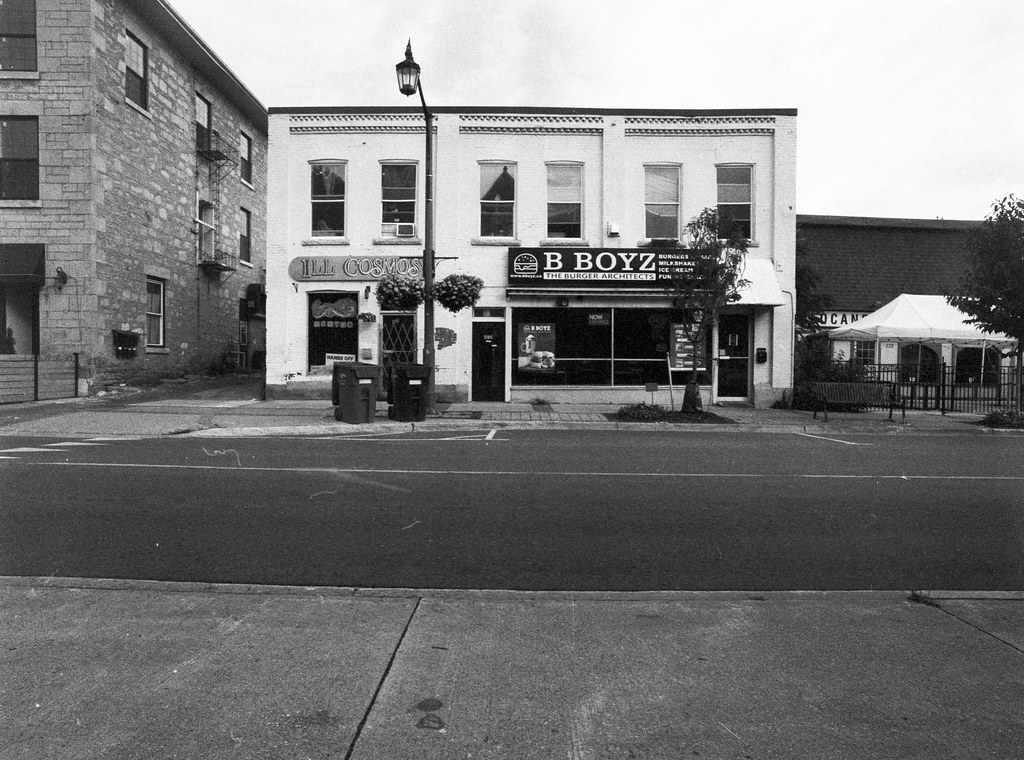

Final Thoughts
I went into this review expecting to rail against Retropan 320; it is a challenging film to work with. But after doing over a hundred of these reviews, I’m starting to take a more balanced approach and learn from past mistakes in trying to ‘fix’ a film and instead take an opposite direction. Films like Retropan require a finer hand and a stronger developer. Retropan has a low contrast, so by over-exposing and using dilute developers, you only enhance that. So don’t use a 1+50 dilution on Rodinal; use 1+25, go stock whenever possible and if you can get your hands on a high-contrast developer, use it! And add a contrast filter to the front, a pale yellow at least. If I had a larger deep yellow or orange filter, I would have used that. I briefly considered using a red filter, but having constantly used the pale yellow throughout the review, I didn’t want to switch it up. Honestly, I loved what Retro Special and D-76 did with the film. Combining the overcast but bright conditions and the yellow filter helped this film. Another developer I used, Ilford Microphen, did an excellent job with Retropan 320. Will I use it again? This film may not have the potential to be good and probably will sing in large format sheets, even more than 120 roll films. Add a red filter and a strong high-contrast developer, which might produce exciting images. I bet you didn’t see that ending coming because neither did I. I was expecting to close the book on Retopan 320 after this review and never speak of it again, and here I am, planning on diving back into the stock for the future.
Further Reading
Don’t just take my word on Retropan 320, you can check out the reviews by other awesome camera reviewers!
35mmc – Fomapan Retropan 320 Soft 35mm – In Memoriam
Emuslive – Foma Retropan 320 Soft: A valuable way of seeing
Aspirational Photos – Fomapan Retropan 320 – A New Classic
View Camera Australia – Review: Foma Retropan 320 Soft 4×5 Film
Kevin The Photographer – Foma Retropan 320 – not for me thanks
